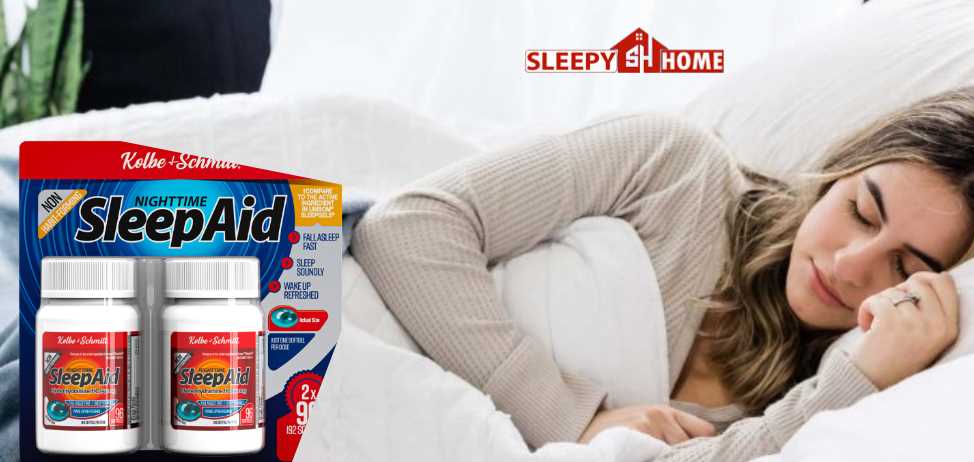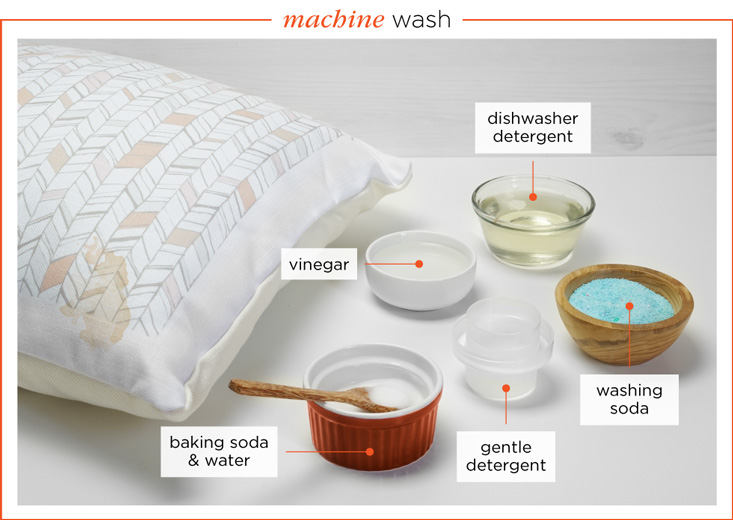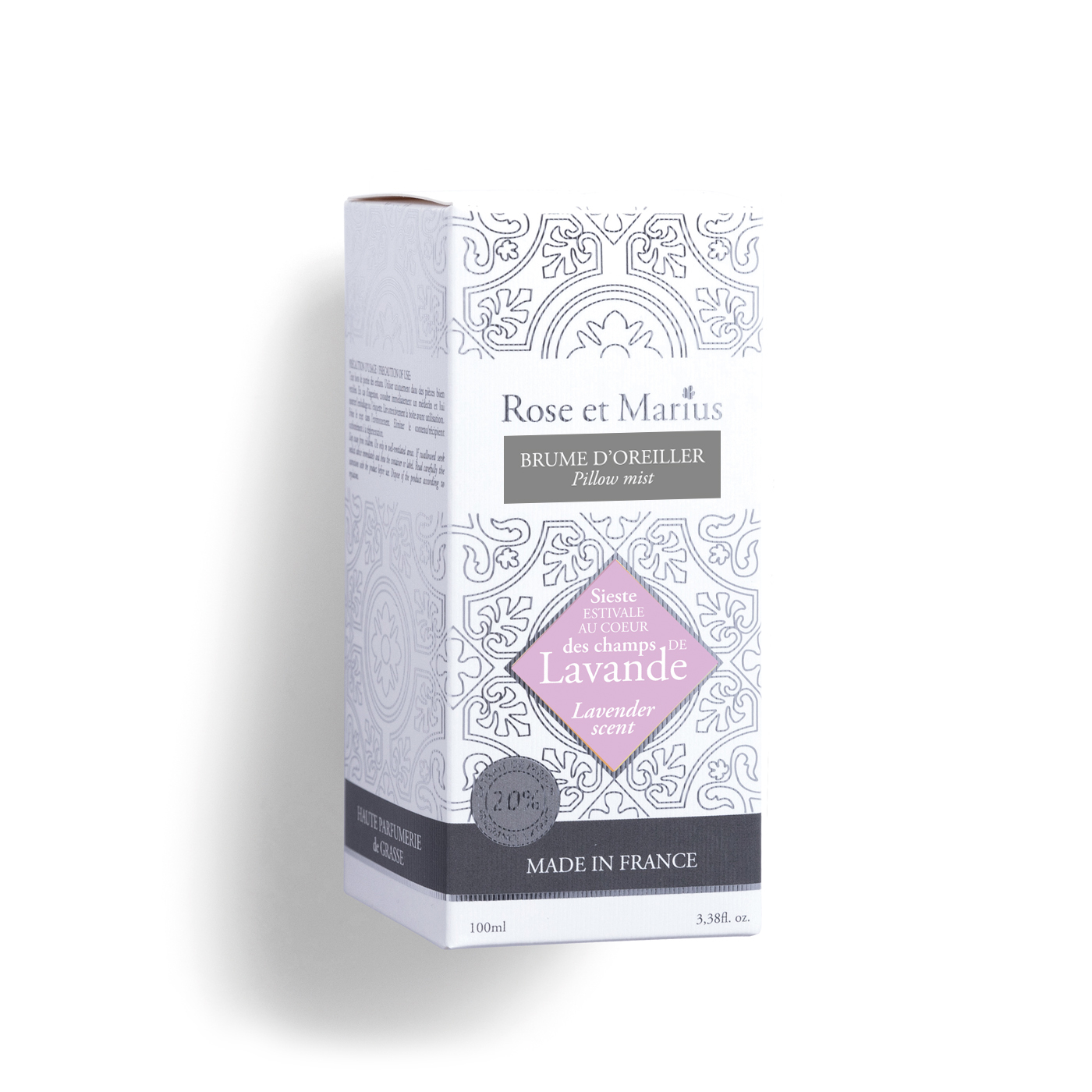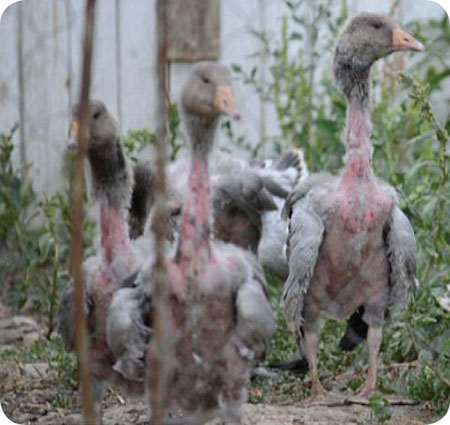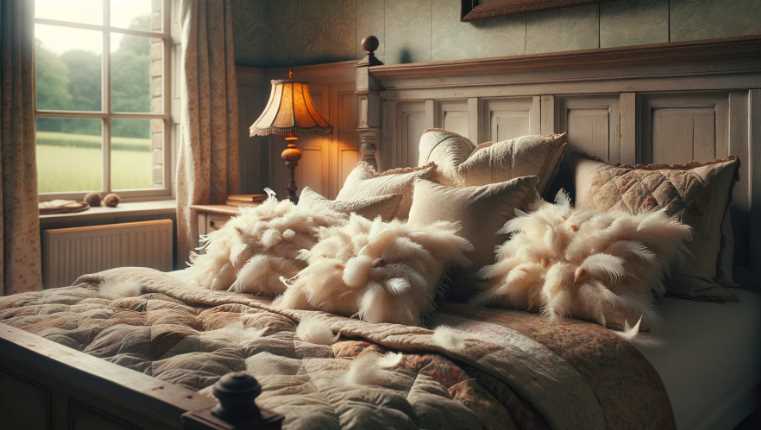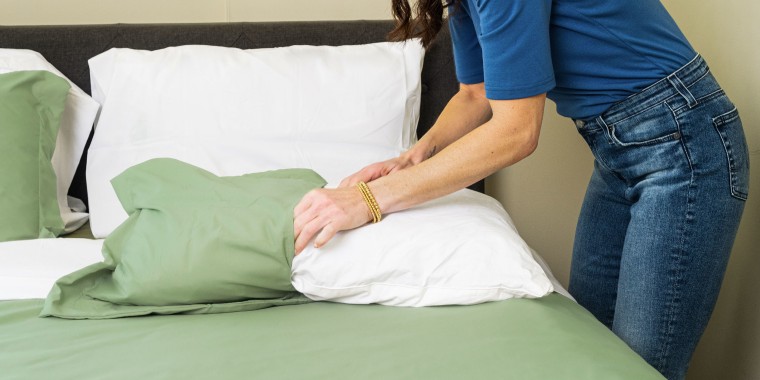Yes, taking a sleep aid while taking Phentermine is generally safe.
However, it is essential to consult with your doctor for specific recommendations and dosage adjustments. A combination of the two can cause increased drowsiness and impair your ability to concentrate, so caution should be exercised.
Both Phentermine and sleep aids can have central nervous system depressant effects, and combining them may increase the risk of side effects such as drowsiness, dizziness, and impaired coordination. It’s crucial to inform your healthcare provider about all medications, including over-the-counter drugs and supplements, to ensure they are safe to use together.
| Side Effect | Incidence Rate* |
|---|---|
| Insomnia | 11% |
| Dizziness | 5% |
| Nervousness | 7% |
| Headache | 6% |
| Dry Mouth | 8% |
| Constipation | 6% |
| Increased Heart Rate | 6% |
| High Blood Pressure | 3% |
Incidence rates are approximate and may vary. Consult your healthcare provider for the most accurate and up-to-date information.
Understanding Phentermine And Its Effects
What is Phentermine?
Phentermine is a prescription medication used for weight loss. It works as an appetite suppressant by affecting the central nervous system.
How Does Phentermine Work?
Phentermine stimulates the release of neurotransmitters in the brain, such as dopamine, norepinephrine, and serotonin. These chemicals help control appetite and increase feelings of fullness. Phentermine also increases energy expenditure, allowing for greater calorie burn.
Effects of Phentermine on Sleep
Phentermine can affect sleep patterns due to its stimulant properties. It may cause difficulty falling asleep or staying asleep. It’s important to take Phentermine as prescribed and avoid taking it close to bedtime. If you experience sleep disturbances while taking Phentermine, consult your healthcare provider for guidance.
Introduction To Sleep Aids
Sleep aids are commonly used to help individuals who struggle with falling asleep or staying asleep. These aids can be particularly helpful for those taking medications like Phentermine, which may cause sleep disturbances. But what exactly are sleep aids?
What are Sleep Aids?
Sleep aids are products or medications designed to promote better sleep. They come in various forms, including over-the-counter pills, herbal supplements, and prescription medications. These aids work by targeting different aspects of sleep, such as inducing relaxation or affecting brain chemicals.
There are different types of sleep aids available in the market. Some common types include over-the-counter antihistamines, such as diphenhydramine, and prescription sleep medications like benzodiazepines or non-benzodiazepines.
| Sleep Aid Ingredient | Function |
|---|---|
| Melatonin | Regulates sleep-wake cycle |
| Valerian root | Induces relaxation |
| Diphenhydramine | Blocks histamine receptors to induce drowsiness |
When considering taking a sleep aid while on Phentermine or any other medication, it is crucial to consult with a healthcare professional. They can provide guidance on whether sleep aids are safe and appropriate for your specific situation.
Compatibility Of Sleep Aids And Phentermine
Combining sleep aids with phentermine may have potential interactions, as per expert opinions. It is essential to consider the compatibility of these medications for a safe and effective treatment plan. While taking phentermine, if you are looking for better sleep, there are alternatives to sleep aids that can be considered.
These alternatives may help promote restful sleep without the risk of interactions. Good sleep hygiene practices like maintaining a consistent sleep schedule, creating a conducive sleep environment, and practicing relaxation techniques can be beneficial in achieving quality sleep while taking phentermine.
It’s always recommended to consult with your healthcare provider before combining any medication or considering sleep aids. By prioritizing good sleep habits, you can optimize the benefits of phentermine and promote overall well-being.

Credit: chicagoweightlossclinic.com
Is it safe to take a sleep aid while on Phentermine?
It is advisable to consult your healthcare provider before combining Phentermine with any sleep aid. While there is no direct contraindication, individual reactions may vary. A medical professional can assess your specific health condition and provide personalized guidance.
| Concern | Response |
|---|---|
| Safety | Consult your healthcare provider for guidance. |
| Individual | Reactions may vary, seek personalized advice. |
| Assessment | Healthcare professional can evaluate your case. |
Can I use over-the-counter (OTC) sleep aids with Phentermine?
OTC sleep aids with Phentermine should be discussed with your healthcare provider. Some OTC medications may interact with Phentermine or exacerbate its side effects. Always seek professional advice to ensure a safe combination.
| Medication | Consultation |
|---|---|
| OTC Sleep Aids | Discuss with the healthcare provider for safety. |
| Interactions | Potential interactions may require guidance. |
Are there specific sleep aids that are safer with Phentermine?
Certain sleep aids may interact less with Phentermine, but individual responses vary. Consult your healthcare provider to identify safer options. They can recommend alternatives or adjust Phentermine dosage for better compatibility.
| Compatibility | Individual Responses |
|---|---|
| Safer Options | Healthcare provider can suggest alternatives. |
| Dosage Adjustment | Adjustments may be necessary for compatibility. |
Can taking a sleep aid affect the effectiveness of Phentermine for weight loss?
The impact of sleep aids on Phentermine’s effectiveness can vary. While there is no conclusive evidence, disruptions in sleep patterns might indirectly influence weight loss. Consult your healthcare provider to address concerns and find a balance.
| Effectiveness | Varied Impact on Weight Loss |
|---|---|
| Disruptions | Sleep aid may indirectly affect weight loss. |
| Consultation | Discuss concerns with healthcare provider. |

Credit: www.healthline.com
Final Words
It is generally not recommended to take a sleep aid while taking phentermine due to potential interactions and side effects. It is always best to consult with a healthcare professional before combining these medications to ensure safety and effectiveness. Prioritizing sleep hygiene practices and implementing healthy lifestyle habits may provide a better long-term solution for managing sleep and weight loss goals.
